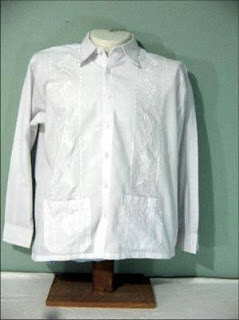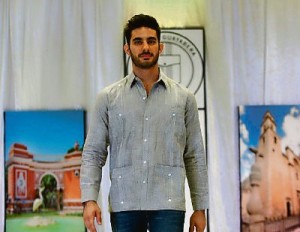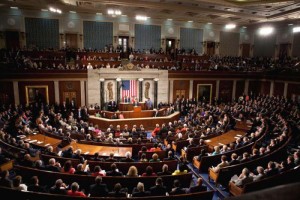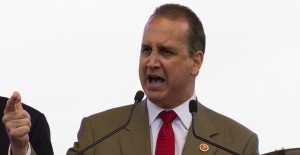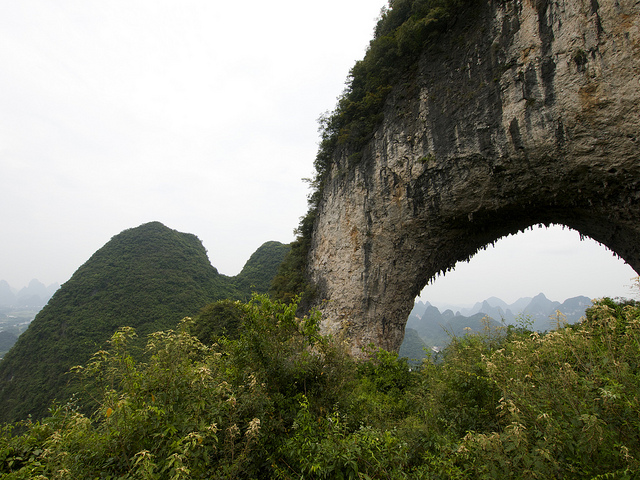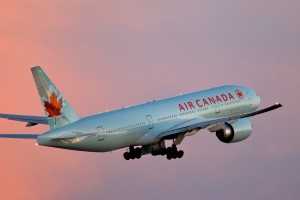THE “GUAYABERA”. THE LEGEND.
The guayabera (/ɡwaɪ.əbɛrə/) is a men’s shirt Typically distinguished by two upright rows of closely sewn pleats That run the length of the front and back of the shirt. Typically worn the shirt is untucked. Guayaberas are popular in the Caribbean region of Colombia, Cuba, Mexico, Ecuador, Central America, the Caribbean, Southeast Asia, and Africa THROUGHOUT. It is Also known as a “Wedding Shirt”.
The origin of the garment is a something of a mystery, thought to be the result of a mixture of Native American and Spanish styles, developed in the late 18th or early 19th centuries. Various claims for the distinctive style Have Been Made, from Mexico to other Latin American Countries to the Philippines.
The legend
It is said that in 1709 arrived in the town of Sancti Spiritus a marriage made by Andalusian José Pérez Rodríguez y Encarnación Núñez García. One day the marriage got a piece of linen or thread that came to him from Spain and Jose Encarnacion asked him confeccionase this loose shirts, long sleeves, for use outside the trousers with large pockets. The woman rushed the order and within a few months those shirts were popular in the region.
This event has many detractors. Ensure that on that date the provisions of the Royal Society of Commerce governing between the metropolis and the colony, prohibiting such shipments and that, moreover, it had no communication between Spain and Sancti Spiritus. That ban is ultimately insignificant, in my opinion, because the Andalusians could have obtained their web package via the contraband, so in vogue then. What it is inconceivable that a purely domestic done it recorded in history, and with such detail: date, name of the protagonists, clothing design … so that future historians might proclaim, without a shadow of doubt that there came the guayabera. It’s such a perfect story that leaves no alternative but to doubt his veracity. But marks the beginning of the legend of the guayabera or fixed input this in the legend.
Our peasants of the nineteenth century did not use it. The literature describes the time covered with blue shirts or “list”, which usually wore untucked. Constants their daily outfit were the straw hat, machete, calfskin shoes and tied neckerchief to wipe sweat. Esteban Pichardo does not include the word in its guayabera provincial Dictionary nearly reasoned Cuban voices (1875) and to my knowledge neither does Manuel Martínez Moles in his vocabulary Spiritus. It appears, yes, Leonela, Nicolas Heredia novel published in 1893, but it tells a story prior to the outbreak in 1868 of the Ten Years’ War. I do not know if there are references in the literature to Heredia before this guayabera, but the older I managed to locate, and that tells us that it was not at that time City shirt, but not poor peasant.
For this, the usual back then was the chamarreta, a garment with narrow sleeves and skirts. And it was not the guayabera chamarreta which dressed to fight Spain. In the Great War, the Liberation Army lacked uniform. The Mambi dressed as he could, in the clothes of the city or the countryside to reach. Already in 1895, at the beginning of the War of Independence refers to the chamarreta Martí in his diary. Charito Bolaños sewed to the liberators throughout the War of Independence. The general Alberto Nodarse, Rodriguez and Garcia Menocal Mayia wore what that patriot sent them. She Never, stated Charito, sent a guayabera to the jungle; chamarretas only.
María Elena Molinet, daughter of a General Independence, investigated this matter from within, as was the director of films like Baraguá wardrobe and the first machete, and compiled more than 120 photos of mambises in the jungle. None guayabera dresses. Manuel Serafín Pichardo wrote at the beginning of the Republic the sonnet’m Cuban, who enjoyed enormous popularity and still in the 50 included in the books of our primary reading. He says in his opening stanza: Seen denim pants and chamarreta / belt with the machete he carved. / In the war flew my horse / to feel my shoe cow.
The revolution triumphed in 1959 and withdraws guayabera and disappear. For some it represented an era of politicians and grafters overcome.
In the late 70’s guayabera it reappears shyly. Long sleeve. With folds and tucks, but no thread, but polyester, not always white. He was quick to become cheaper again. And the young people began to see it as a symbol of the bureaucrat on duty. Today is reborn.
Wiki / Agencies / YouTube / InternetPhotos / TheCubanHistory.com
-Cuba Hoy/Today.
The Cuban History, HOLLYWOOD.
Arnoldo Varona, Editor.
THE “GUAYABERA”. THE LEGEND.
La guayabera (/ɡwaɪ.əbɛrə/) es una camisa de los hombres Normalmente se distingue por dos filas verticales de pliegues cosidos estrechamente Que corren a lo largo de la parte delantera y trasera de la camiseta. Normalmente lleva puesta la camisa está fuera del pantalón. Guayaberas son muy populares en la región caribeña de Colombia, Cuba, México, Ecuador, Centroamérica, el Caribe, el sudeste de Asia, y toda África. También se conoce como una “boda camiseta”.
El origen de la prenda es un algo misterioso, piensa que es el resultado de una mezcla de estilos nativos americanos y españoles, desarrollada a finales de los siglos 18 o principios del 19. Varios reclamos por el estilo distintivo se han hecho, desde México a otros países de América Latina a las Filipinas.
La leyenda
Se dice que en 1709 arribó a la villa de Sancti Spíritus un matrimonio conformado por los andaluces José Pérez Rodríguez y Encarnación Núñez García. Un buen día el matrimonio recibió una pieza de tela de lino o hilo que le llegó desde España y José pidió a Encarnación que le confeccionase con esta camisas sueltas, de mangas largas, para usar por fuera del pantalón y con bolsillos grandes. La mujer acometió el encargo y a los pocos meses aquellas camisas se popularizaron en la comarca.
Este suceso tiene varios detractores. Aseguran que en dicha fecha las disposiciones de la Real Compañía de Comercio que regían entre la metrópoli y la colonia, prohibían tales envíos y que, por otra parte, tampoco había comunicación entre España y Sancti Spíritus. Esa prohibición resulta a la larga poco significativa, a mi juicio, pues los andaluces pudieron haber obtenido su paquete de tela por la vía del contrabando, tan en boga entonces. Lo que sí resulta inconcebible es que un hecho meramente doméstico quedara registrado en la historia, y con tanto lujo de detalles: fecha, nombre de los protagonistas, diseño de la ropa… como para que los historiadores del futuro pudieran proclamar, sin sombra de duda, que ahí nació la guayabera. Es una historia tan perfecta que no deja más alternativa que la de dudar de su veracidad. Pero marca el inicio de la leyenda de la guayabera o fija la entrada de esta en la leyenda.
Nuestros guajiros del siglo XIX no la usaron. La literatura de la época los describe cubiertos con camisas azules o «de listado», que usaban generalmente por fuera del pantalón. Constantes de su ajuar cotidiano eran el sombrero de yarey, el machete, los zapatos de vaqueta y un pañuelito atado al cuello para enjugar el sudor. Esteban Pichardo no recoge la palabra guayabera en su Diccionario provincial casi razonado de voces cubanas (1875) y hasta donde sé tampoco lo hace Manuel Martínez Moles en su vocabulario del espirituano. Aparecerá, sí, en Leonela, novela de Nicolás Heredia publicada en 1893, pero que cuenta una historia anterior al estallido, en 1868, de la Guerra de los Diez Años. Desconozco si hay en la literatura menciones a la guayabera anteriores a esta de Heredia, pero es la más antigua que logré localizar, y que nos dice que no era en ese tiempo camisa de ciudad, pero tampoco de campesino pobre.
Para este, lo usual en ese entonces era la chamarreta, una prenda con faldillas y mangas estrechas. Y fue la chamarreta y no la guayabera la que se vistió para luchar contra España. En la Guerra Grande, el Ejército Libertador careció de uniforme. El mambí se vestía como podía, con las ropas de la ciudad o del campo a su alcance. Ya en 1895, al inicio de la Guerra de Independencia, Martí alude a la chamarreta en su Diario. Charito Bolaños cosió para los libertadores durante toda la Guerra de Independencia. Los generales Alberto Nodarse, Mayía Rodríguez y García Menocal se vestían con lo que esa patriota les enviaba. Jamás, precisaba Charito, remitió una guayabera a la manigua; solo chamarretas. María Elena Molinet, hija de un
general de la Independencia, investigó este asunto desde dentro, pues fue la directora de vestuario de películas como Baraguá y La primera carga al machete, y acopió más de 120 fotos de mambises en la manigua. Ninguno viste de guayabera. Manuel Serafín Pichardo escribió a comienzos de la República el soneto Soy cubano, que gozó de una popularidad enorme y que todavía en los años 50 se incluía en los libros de Lectura de nuestra enseñanza primaria. Dice en su estrofa inicial: Visto calzón de dril y chamarreta / que con el cinto del machete entallo. / En la guerra volaba mi caballo / al sentir mi zapato de vaqueta.
Triunfa la Revolución EN 1959 y la guayabera se repliega hasta desaparecer. Para algunos representaba una época superada de politiqueros y manengues.
A finales de los 70 la guayabera reaparece tímidamente. De manga larga. Con pliegues y alforzas, pero no ya de hilo, sino de poliéster, y no siempre blanca. No demoró en volver a abaratarse. Y los jóvenes empezaron a verla como símbolo del burócrata en funciones. Hoy renace de nuevo.
Wiki/Agencies/YouTube/InternetPhotos/TheCubanHistory.com
-Cuba Hoy- Today.
The Cuban History, HOLLYWOOD.
Arnoldo Varona, Editor.



